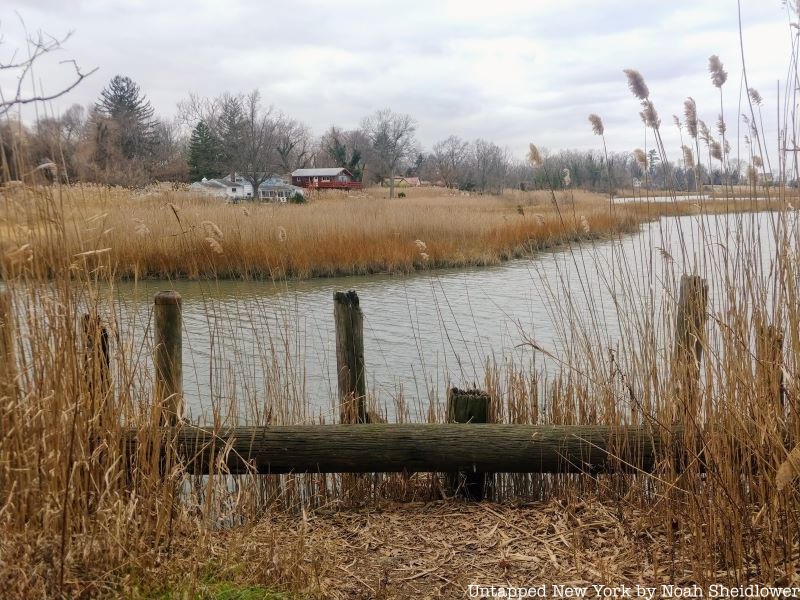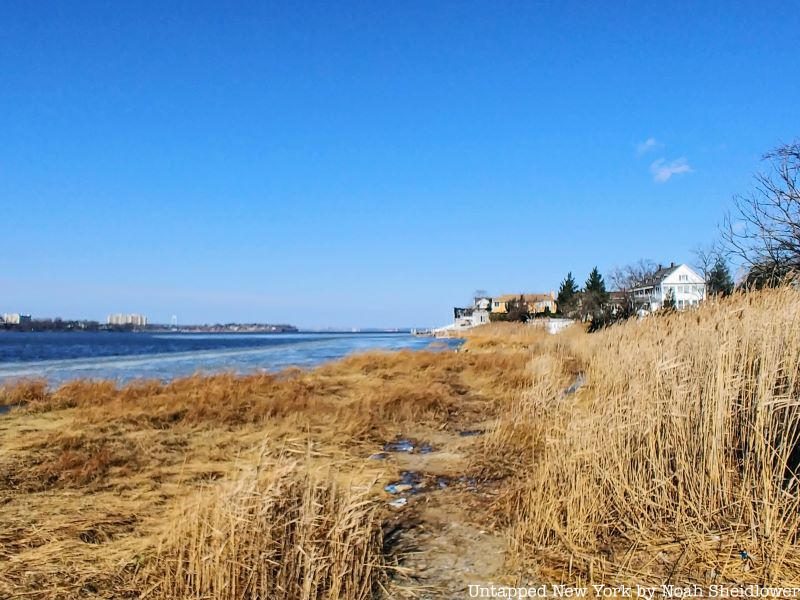
Little Neck, Queens, is a mostly residential neighborhood on the Queens-Nassau County border to the east of Douglaston. Originally settled by the Matinecock who lived near Little Neck Bay, Little Neck was predominantly farmland inhabited by wealthy Dutch families who built elaborate homesteads. By the late 1800s, Little Neck’s fishing industry had peaked, and many homes, some Tudor style, were constructed near Northern Boulevard in the early 1900s. Today, Little Neck is a quiet connection between the two boroughs, with a rich culinary presence and a nature preserve. Here are the top 9 secrets of Little Neck!
1. The name for littleneck clams comes from the neighborhood’s clam industry

Littleneck clams, often considered the smallest hard shell clam, get their name from Little Neck Bay, which technically borders Douglaston. Evidence of clam fishing dates back to the time of the Algonquian and Matinecock tribes who lived along Little Neck Bay. The Native Americans used hollowed-out boats to collect different types of shellfish. Quahog clam shells, as well as conch, were used for wampum varieties like sewan. By 1860, Little Neck’s clam industry began to attract local and national attention, pulling in many large boats. The National Fish and Wildlife Foundation notes how Captain Christian William Kirkman harvested 40 tons of clams, which he sold to the best restaurants in New York City, as well as to European capitals. Kirkman built a temporary shelter on the banks of the bay to carry out his fishing endeavors.
Kirkman worked with local fishermen to purchase oyster seeds, rapidly growing the industry. At its peak, about 70 fishermen worked at Little Neck Bay harvesting these clams. These specific clams that the fishermen caught had a sweeter taste since they fed on freshwater. According to author Ellen Freudenheim, “The early history of Douglaston includes a short-lived colony of post-Civil War era African American oyster fishermen who made a living off the shores of Little Neck Bay… Some of their homes can still be seen in the landmark district.” The clam craze inspired the name “littleneck clams” still used 150 years later, though by the 1890s, the industry was all but shuttered in Queens. The growing pollution of Little Neck Bay killed off large populations of clams and oysters, and the bottom of the bay could no longer support them, destroying Kirkman’s fortune.





